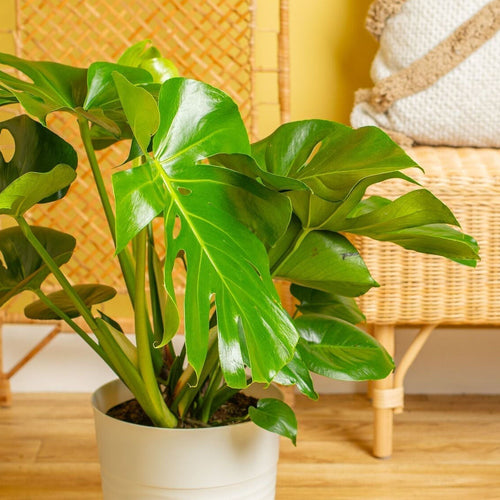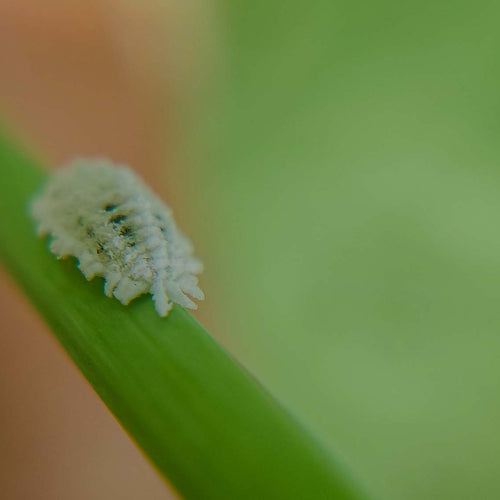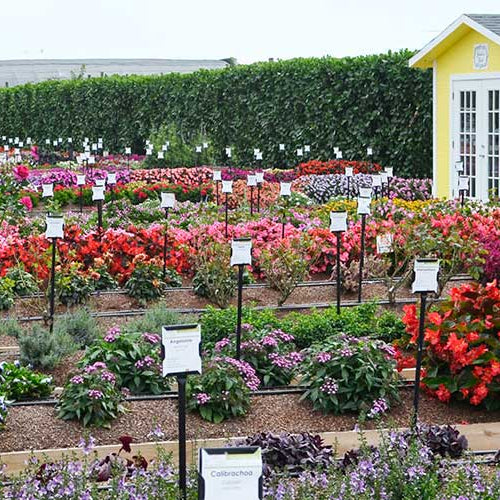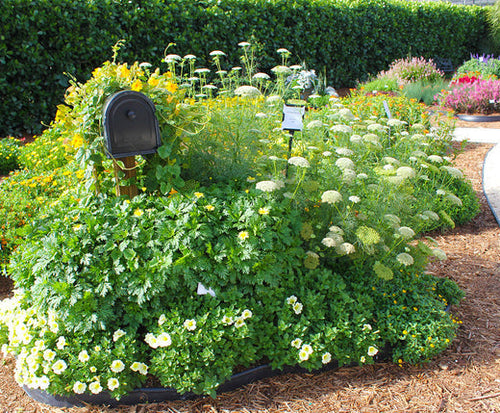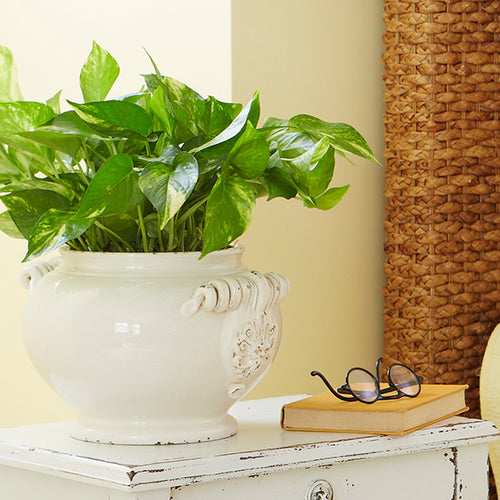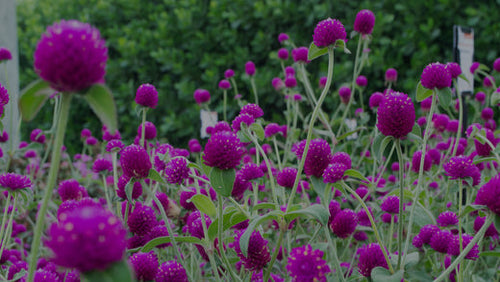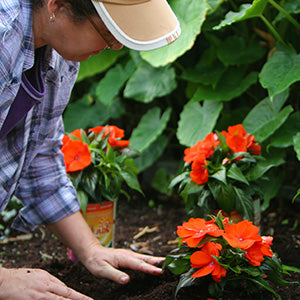You can rely on perennials to provide plenty of color in your garden. That’s because these beauties come back year after year, growing bigger and better with every season. Here’s a seasonal guide to caring for these super-hardy plants.
SPRING
A busy season in the garden, spring is the perfect time to add perennials to an existing garden or to start an entirely new bed. Always try to plant a mix of spring-, summer-, and fall-blooming species so your garden provides months of color.
Discover our favorite long-blooming perennials.
Remember, perennials are not in constant bloom like annuals, so to have a garden that looks bright and cheerful at all times, you need to include plants that flower at different times.
Weeds can also be bothersome in a perennial border so mulch your garden with several inches of shredded leaves, bark, or compost. The earlier you apply the mulch the less weeding you’ll have to do later on.
You can also dig and divide perennial plants in the early spring. Wait until the plants start to break dormancy (when tiny new leaves begin to form) then dig the plants and divide them into smaller pieces.
In frost-free climates, spring is also a good time to dig and divide established clumps of older perennials. You should also add a fresh layer of mulch and fertilize with slow release granular fertilizer.
SUMMER
Most perennials have few, if any pests or diseases. Your main challenge will be to keep weeds at bay and being sure your plants are well hydrated if rains are scarce.
If you didn’t add several inches of mulch during the spring, do so now. Be sure to weed between your plants before you add the mulch. A long-handled, sharp hoe should do the trick in most borders.
If you live in a dry area, install a drip irrigation system to provide moisture to the root zones of your plants. Overhead sprinklers are fine, but they lose a lot of water to evaporation and wet foliage can become diseased.
FALL
Autumn is an ideal time to renew your perennial garden by adding new plants and rejuvenating the old. First, clip back established plants after frost has blackened the foliage. Then, if the plants look crowded or have started to die out in the center, it’s time to dig and divide them into smaller, more vigorous pieces. Then, see if you have any open spots in the border where new plants can be tucked in.
In the fall, most garden centers carry a good selection of perennials to choose from. All you have to do is take them out of their pots and drop them into the ground. Just be sure to mulch them with leaves, hay, or straw to protect them during their first winter in your garden. You can also add spring-flowering bulbs such as tulips, daffodils, and crocus to the garden bed.
In frost-free climates it’s also a good time to divide or plant new perennials. In addition, it’s a good time to add some slow-release granular fertilizer to keep them going until spring. Remember that some plants considered annuals in the north such as lantana, canna, vinca, and salvia will overwinter in mild climates, but may need some protection if an unexpected frost is predicted.

WINTER
There’s still time to clip away the dead foliage in your perennial garden if you didn’t get it done in the fall. Leave anything that provides winter interest (ornamental grass plumes and allium seed heads are two good examples) or food for the birds (the seeds of spent coneflower and coreopsis plants both provide nutrient-rich seeds for the birds). Everything else can go to the compost pile.
In frost-free climates you can give your winter garden an extra boost of color by adding cold-hardy annuals such as snapdragon, sweet alyssum, pansy, and dusty miller. These colorful plants will keep the color show going while your perennial flowers gear up for another year of bloom.
5 Tips for Beautiful Perennial Gardens
1. Some perennials can live for decades while others thrive for a year or two and then disappear. Do some research before you plant to be sure you include a mix of both types.
2. When you shop for perennials at the garden center, don’t expect them to be in bloom as you would annual flowers. Because perennials bloom in different seasons, the plants in the garden center may not draw your eye. Seek out bright, stocky plants that look like they can’t wait to be planted.3. Like annuals, some perennial families offer a wide range of colors, shapes and sizes. Hostas, for example, come in an amazing array of short, medium, and tall varieties. However, young plants all look the same size when you see them in the garden center so read the plant tag before you buy you’re getting the size you need.
4. You can use perennial vines to frame a doorway or hide an unsightly view. Clematis, trumpet vine, Dutchman’s pipe, honeysuckle, wisteria, ivy, and climbing hydrangea all provide long-lasting beauty overhead.
5. Some fast-growing perennials can grow out of control and spread quickly through your garden. Often called “garden thugs” these potentially invasive species should be contained by planting them along a sidewalk or in a container where their roots can’t grow into new territory. Some fast-spreading species include some ornamental grasses, bee balm, Joe-pye weed, gooseneck loosestrife, and mint. Not every variety of these plants will spread so do some research about a variety before you add it to your garden.
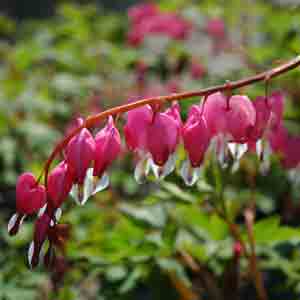

.jpg)






